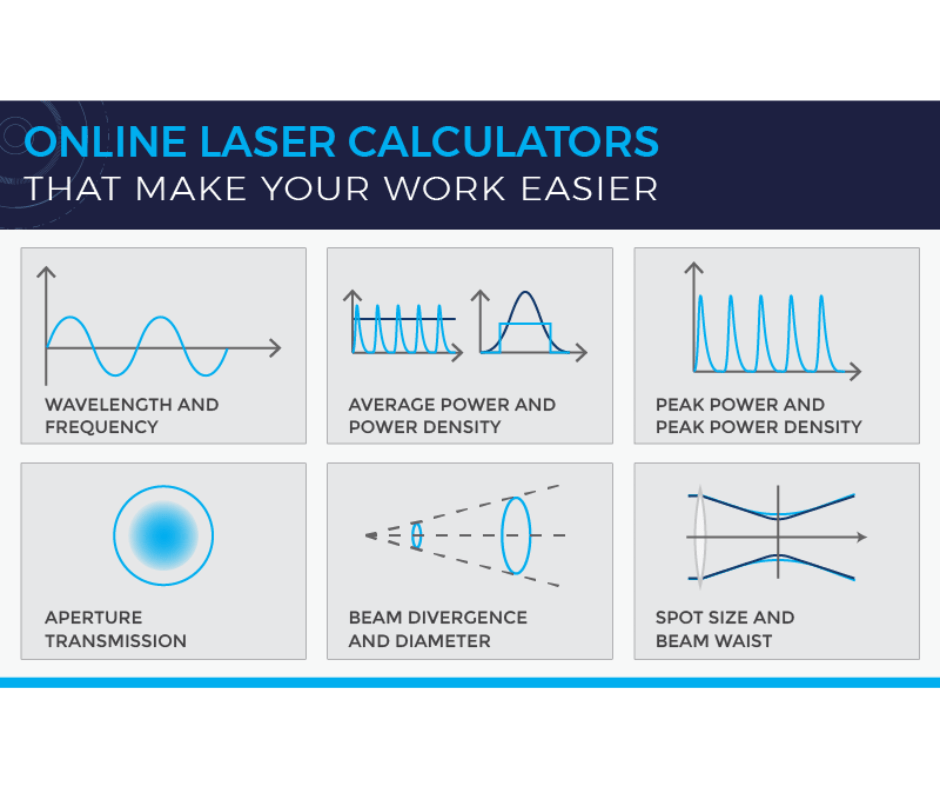What's the smallest spot diameter at 2000m distance that $5000 will buy ?
For a Gaussian beam profile let's assume the radius of the spot to be where its intensity falls off to 14% (1/e^2) of its on-axis intensity.
Power: ~1mW
Wavelength: Any (including non-visible)
Maximum beam diameter at the output optics: 200mm
Beam profile: Can be Gaussian but a more tophat one with sharper edges is preferable.
Physical size of the entire device: Any (does not need to be portable)
Power Supply requirements: Any.
Note, that I am not asking for the lowest divergence beam at that price but for the smallest spot diameter at 2km. At distances shorter than 2km the spot diameter can be larger. Convergent beams are OK.
Also, note that I am not asking how to detect amplitude modulations of a light source that is 2km away. That would be an entirely different question, which would involve myriad of additional considerations such as SNR and the performance of some kind of receiver with its light gathering optics, detectors, etc... This is not what this question is asking about.
Also, I am not asking for a link to a ready-to-buy product - just for an approximate figure based on your experience in the marketplace.
Finally, I would appreciate some general technical advice for achieving the smallest diameter spot at this distance and price, e.g.: what light source to select and what type of optics to use to emit the beam.
Regards,
Pavel Vicek
For a Gaussian beam profile let's assume the radius of the spot to be where its intensity falls off to 14% (1/e^2) of its on-axis intensity.
Power: ~1mW
Wavelength: Any (including non-visible)
Maximum beam diameter at the output optics: 200mm
Beam profile: Can be Gaussian but a more tophat one with sharper edges is preferable.
Physical size of the entire device: Any (does not need to be portable)
Power Supply requirements: Any.
Note, that I am not asking for the lowest divergence beam at that price but for the smallest spot diameter at 2km. At distances shorter than 2km the spot diameter can be larger. Convergent beams are OK.
Also, note that I am not asking how to detect amplitude modulations of a light source that is 2km away. That would be an entirely different question, which would involve myriad of additional considerations such as SNR and the performance of some kind of receiver with its light gathering optics, detectors, etc... This is not what this question is asking about.
Also, I am not asking for a link to a ready-to-buy product - just for an approximate figure based on your experience in the marketplace.
Finally, I would appreciate some general technical advice for achieving the smallest diameter spot at this distance and price, e.g.: what light source to select and what type of optics to use to emit the beam.
Regards,
Pavel Vicek
Last edited:





